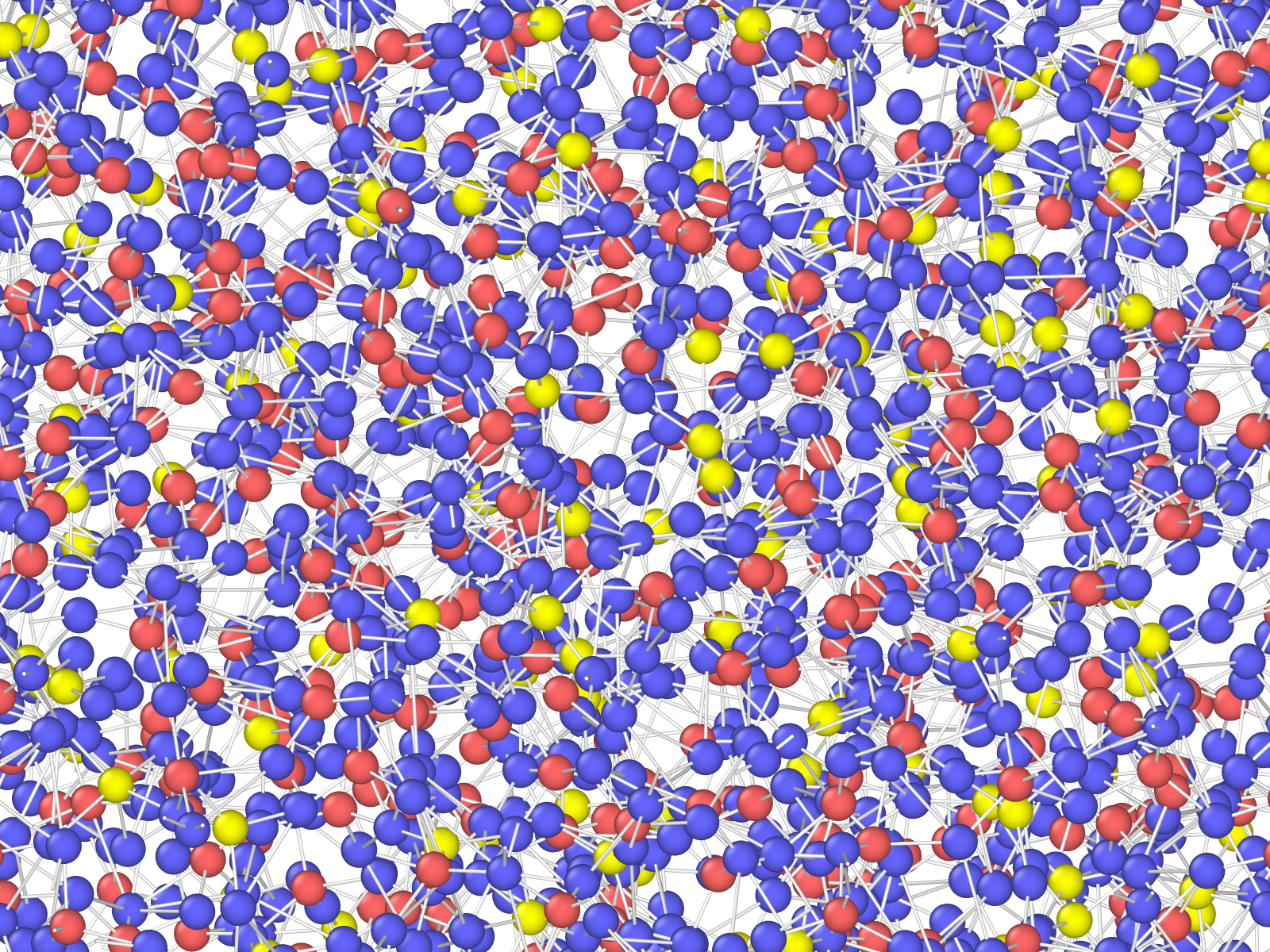Materials
Combining with our CCR efforts, Stanford has had a leading role within the LSC in developing experimental methods to characterize the optical, elastic, and structural properties of the amorphous materials composing multilayer dielectric mirrors.
Our collborative research program is a synergistic teaming to combine these skill sets to address a critical issue to meet the design goals of A+LIGO, developing mirrors with 2-4 times less mechanical loss than the best currently available.
The mechanical losses in amorphous materials depend on subtle, preparation-dependent features in their atomic structure. Data on these structural features obtained via the electron diffraction and X-ray scattering methods are challenging to interpret, as are molecular dynamics predictions of the structure. Methods exist to use the modeling to help interpret the data and the data to help constrain the modeling, which led to the teaming with Hai-Ping Cheng's group at the University of Florida.
The structural data and predictions for dependence of mechanical losses on material composition and process conditions, is a major contributor to the broader LSC program to develop mirrors for A+ LIGO, guiding the others working on this problem through the thicket of possible synthesis and characterization experiments.
